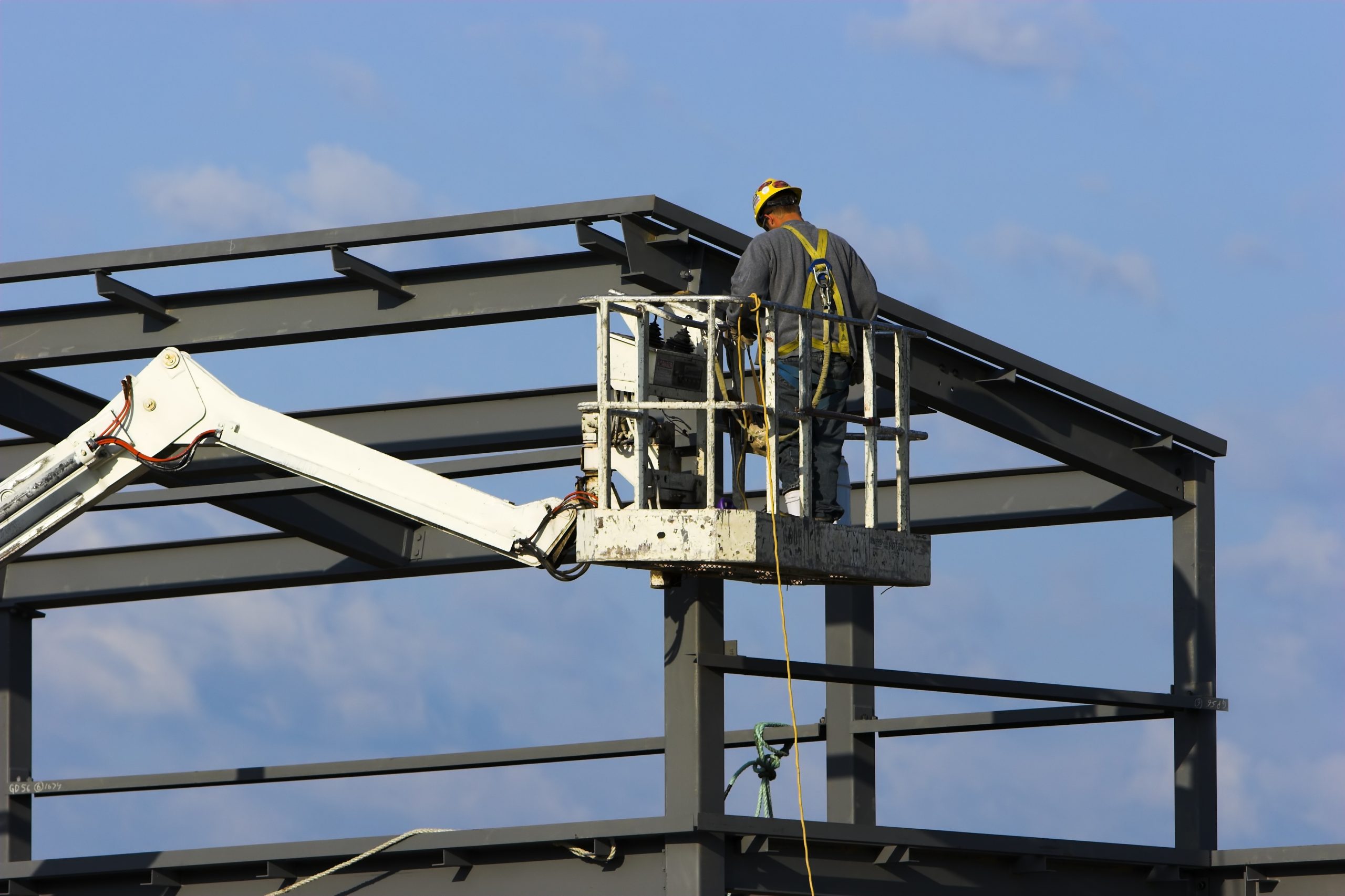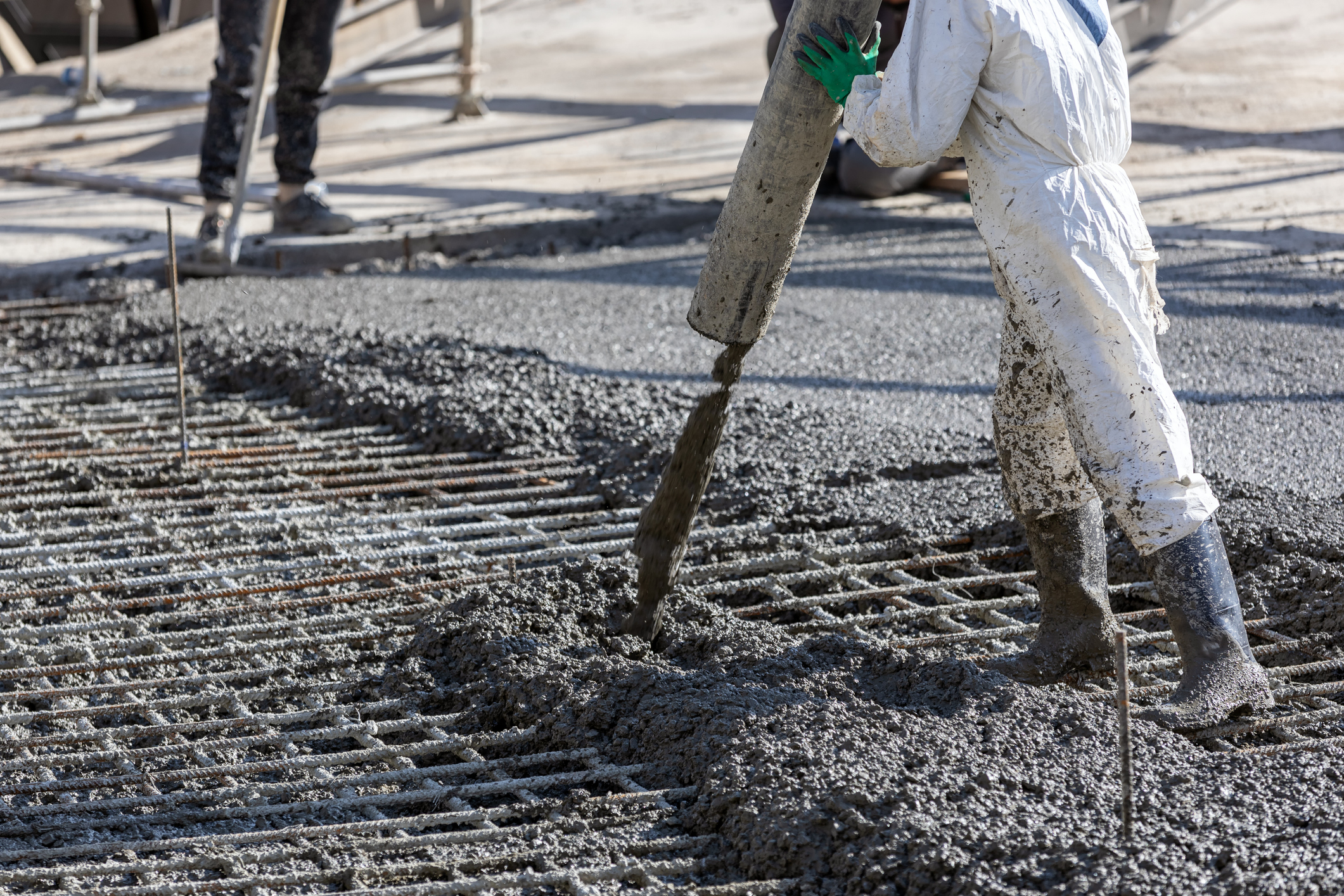Selecting the right metal material plays a crucial role in construction, engineering and design projects. Every project has its unique requirements and choosing the appropriate metal ensures not only structural strength and quality but also cost-efficiency in the long run.
Key Factors to Consider When Choosing Metal Materials
Project Type and Functional Requirements
First, you need to define what kind of load the structure will carry and under what conditions it will operate. In construction, it’s essential to consider strength, corrosion resistance and long-term durability.
Environmental Conditions and Climate
The project’s location directly affects material selection. For example, in humid or coastal areas, corrosion-resistant metals such as stainless steel are preferred. In high-temperature zones, heat-resistant and fire-resistant metals are necessary.
Types of Metals and Their Characteristics
Steel is known for its high strength and flexibility, it’s widely used in structures, bridges and machinery.
Aluminum is lightweight and corrosion-resistant, ideal for facades, transport and aviation; it’s also easy to work with and form.
Copper and Bronze are highly resistant to corrosion, used in architectural design, wiring, and plumbing. These are more expensive but very durable.
Zinc is commonly used in galvanization to protect metal from rust. It’s a great option for roofing and outdoor constructions.
Ease of Processing and Installation
Some metals, like aluminum, are easy to cut and shape, while others, like titanium, are more difficult to process. The chosen metal should match the project’s complexity—whether ease of handling or resistance to extreme conditions is the priority.
How to Make the Right Decision?
1 -Assess the Project Requirements
What type of load will the structure handle? What kind of environment will it be exposed to?
2 -Choose the Appropriate Metal Type
Select based on strength, weight and resistance.
3 – Consider Budget and Future Costs
Investing in high-quality material may be more cost-effective in the long term due to reduced maintenance and longer lifespan.
Choosing the right metal for your project is a critical decision that impacts the structure’s safety, durability and overall expenses. To ensure the best results, consider environmental factors, material properties, budget constraints and processing requirements.
If you want your project to be durable and efficient, choose high-quality metal for the best possible outcome!





